NOVOYE CHAPLINO, Russia — The indigenous Chukchi and Inuit people of Russia’s far east province of Chukotka usually gather at this time of year, when the Bering Sea is ice-free and the weather hovers around a balmy 50 degrees, for their annual skin boat regatta.
But this year, they weren’t alone. For the first time, their neighbors in the circumpolar north were invited to join them, and from July 19 through July 21, many of the indigenous peoples of the Arctic came together for the inaugural Beringia Arctic Games.
There were athletes from Iceland, representatives of the Sami people in Norway’s Finnmark region, the descendants of Vikings who live on the Faroe Islands, Inuits from Canada’s Baffin Island, Alaska Natives representing the United States and Inuits from Greenland — all gathered to compete in games that detail feats of strength and agility one needs for life in an unforgiving climate.
It wasn’t the only gathering that weekend that featured the games of the indigenous. In Fairbanks, Alaska, there was the World Eskimo-Indian Olympics, and in Inuvik in Canada’s Northwest Territories, people came together for the Traditional Circumpolar Northern Games.
In Chukotka that weekend, just getting to the competition proved complicated. The people of the Chukchi village of Lorino needed to move their boats 100 nautical miles south, but the seas were so high for so many days, only the men were able to row to Novoye Chaplino, a tiny village of a few hundred people on the shore of a small protected bay.
Meanwhile, the region’s only tour boat operator — and the official sponsor of the games — chugged one of its boats to Lorino to pick up the women and children so they could attend.
The official opening ceremony took place half a day late, but by midday on July 19, the weather had cleared, and the seas were calm. About 20 international participants helped the local men and women carry long, wide boats to the edge of the Bering Sea.
Known in Russian as baidaras, the boats are traditionally made from carved driftwood. The hides of two female walruses are stretched over the frames and tied down with rope and sinew.
The start of the women’s skin boat race was signaled by a flare that soared high into the sky, signaling to the seven boats that the competition had begun. As soon as it went off, everyone began to yell. Six women sat two across in each boat, pulling at long, narrow oars with all their strength. A seventh stood at the back, steering a giant wooden rudder, exhorting the rowers to stay in time.
“E ruz,” screamed Valentina Attun, captain for a Lorino team. “E ruz!”
In English, the phrase means “and one.” The call helps rowers keep their cadence. After about 30 minutes and 10 kilometers of sailing, Attun and her team claimed victory.
She let out a wild — albeit hoarse — cheer as her team waved their blistered hands. “Of course we are very happy to win the race,” she said with help from an interpreter. “But we had a lot of practice.”
Attun and her team spent much of the summer training. “But we are most grateful for the men in our village who built our boat,” she said. “Especially my uncle who helped build it.”
The boat was decorated for the event. The walrus skin was painted green, blue and white and decorated with the Chukotkan flag. Bright red and white letters spelled out the name of her village in Russian.
Andrej Kainenan captained a boat from Novoye Chaplino. His team didn’t fare nearly as well, finishing last. But he was pleased to take part in the first Beringia Arctic Games.
“We get only from the competition because all the village participates,” he said, also through an interpreter. He was even happier to have the athletes from other Arctic nations competing.
“Everyone in the village took an interest,” he said, noting the event inspired many people to train for competition and to work to make their village presentable for their guests.
In addition to the skin boat races were other games that test the ability to hunt and gather traditionally. There was running with a stick, wrestling and the one-foot high kick. In the one-arm reach, athletes balance their body on one hand and reach above their head with the other for a small ball hanging from a string. Their legs cannot touch the floor. With each round, the ball is raised a little more. It’s a contest that’s meant to mimic how one might to collect bird eggs from a rocky cliff.
It’s also Johnny Issaluk’s favorite game. The 40-year-old from Iqaluit on Canada’s Baffin Island was surprised to discover Russia’s Chukchi play the same games as Canada’s Inuit people.
“When we start competing, it’s just the same as competing at home. There’s nothing different. It’s like playing with my homeboys,” he said, smiling. He admitted his Russian counterparts were fiercely competitive. “But they’re here to represent their village, so they have to be. It’s a point of pride.”
Traditional dancing, drumming and singing were also part of the program. Olga Letikai is from Enmelen, a village south of Novoye Chaplino. She is famous in her community for her shamanic throat singing. She works as a liaison between the Russian government and area marine mammal hunters.
“It’s our traditional way to live,” she said. She was pleased to see so many people gathered in Novo Chaplino.
“The society of Chukotka is changing, like it is all over the world, so the most important thing is to a balance between tradition and modern life.” She said she sees good ongoing dialogue between the government and Chukotka’s indigenous population.
A ceremony marked the end of the official games, but the people of Novoye Chaplino weren’t ready to quit. The village rarely sees a gathering of this size. As a frigid wind picked up, and as evening set in, a group of men lit a bonfire.
The ever-smiling Kainenan explained the rules of yet one more game. It involved carrying a large stone weighing at least 100 pounds in a circle. Some men traveled the circle two or three times.
When 20-year-old Inguun Kristjansdottir of Iceland stepped up, Kainenan said no. “You’re a girl!” he exclaimed in Russian.
But Kristjansdottir was determined. After a first circuit, Kainenan urged her to drop the rock. She shook her head, and a long, wild braid bounced behind her.
“No! Two times.” she said. She completed a second pass, and the crowd erupted in cheers.

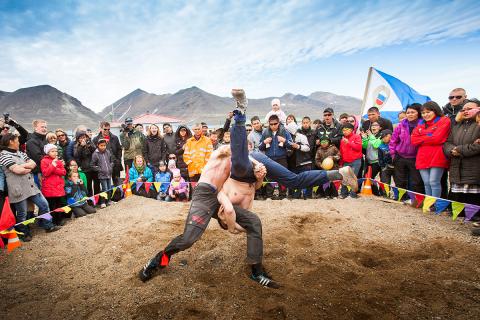
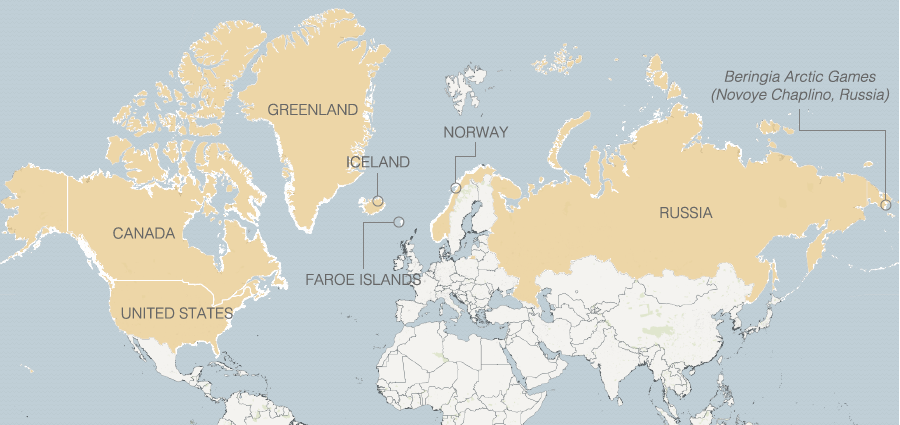


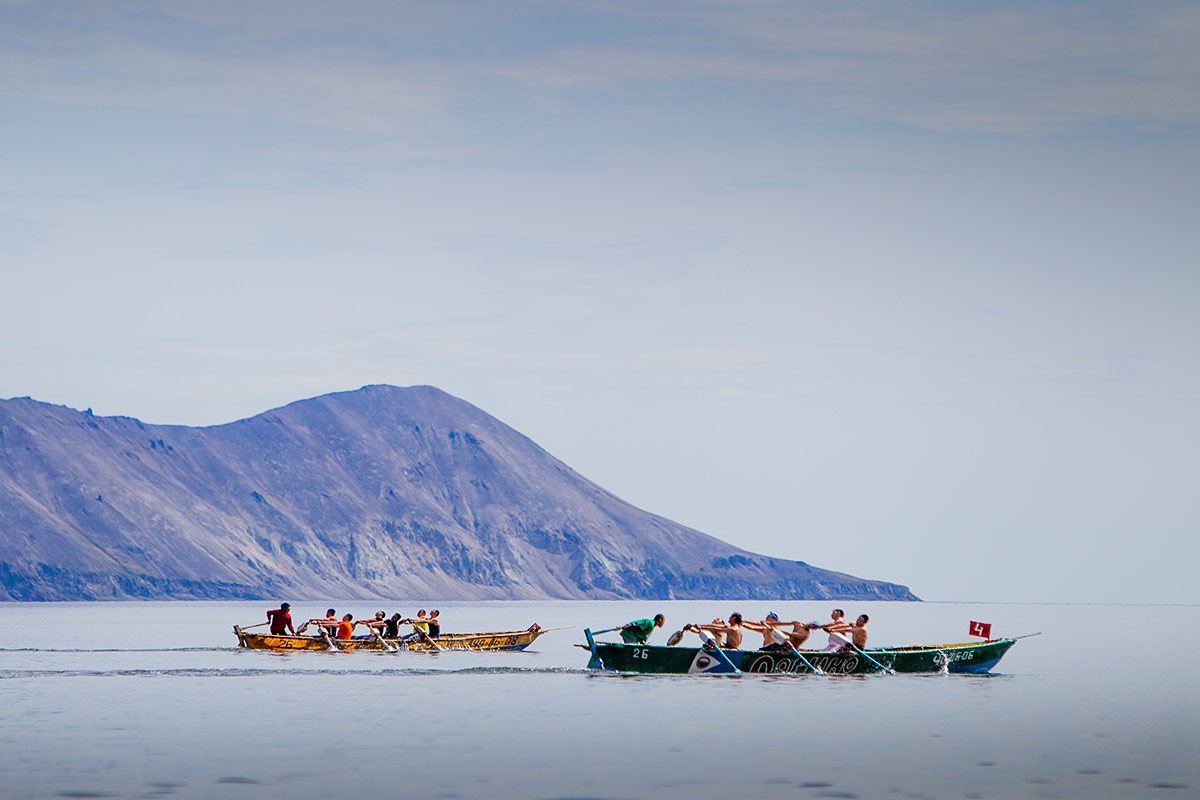


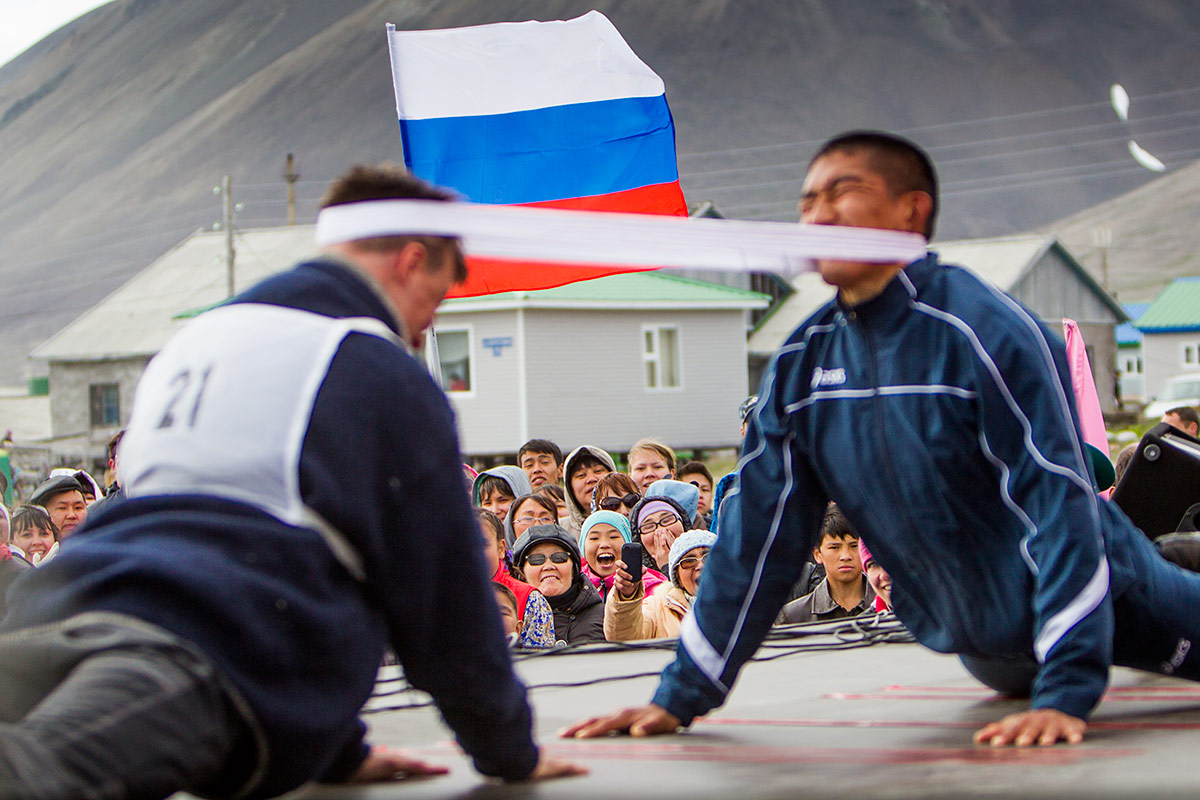
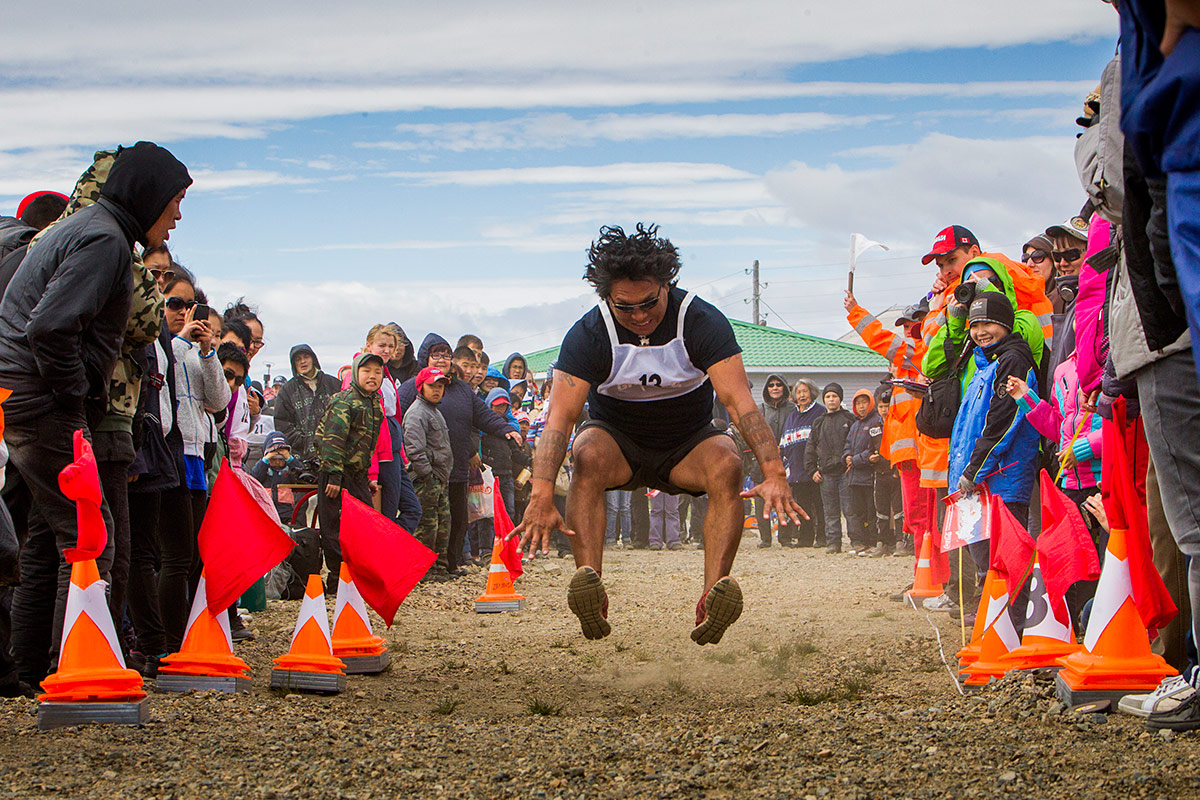
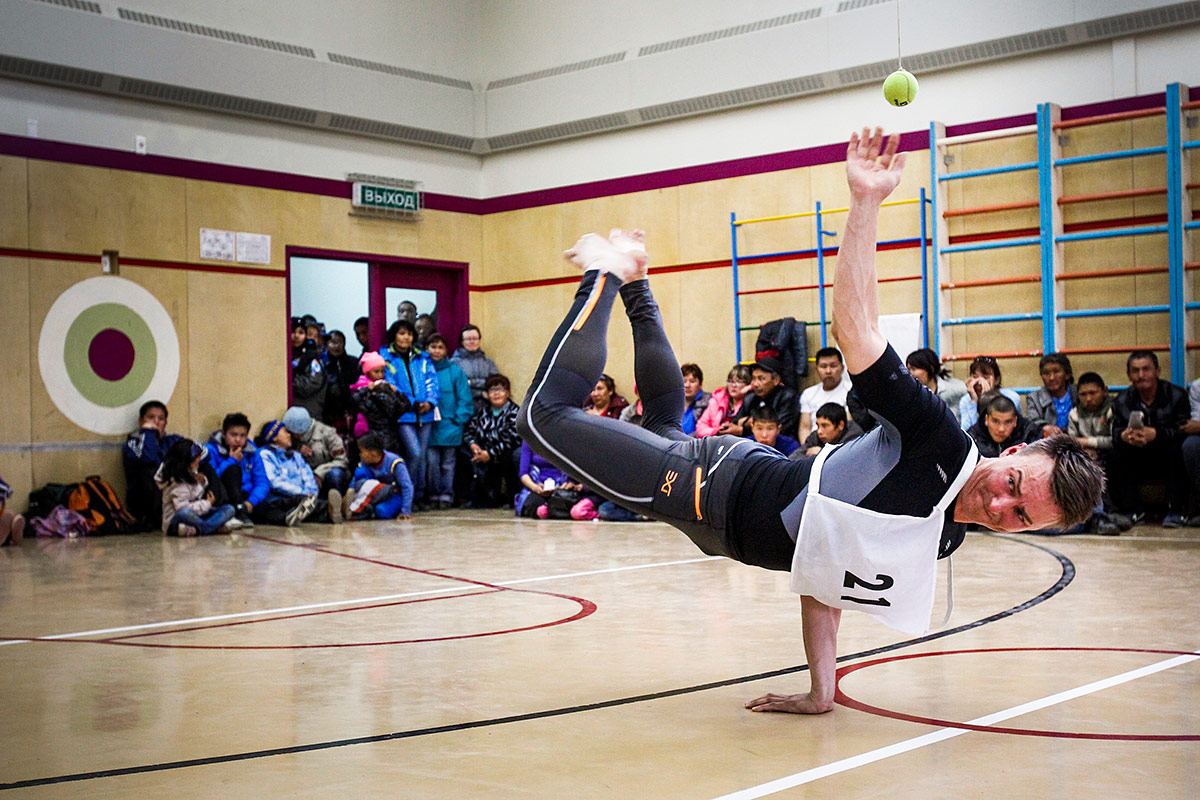
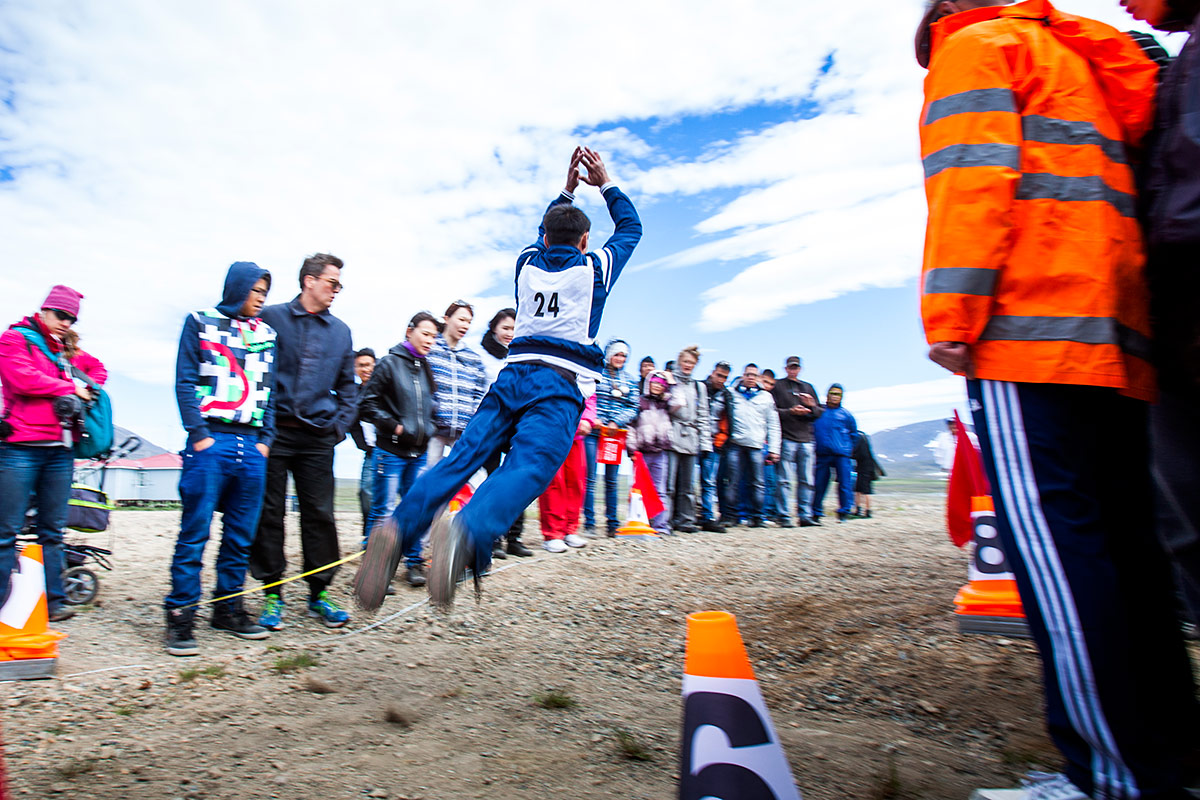

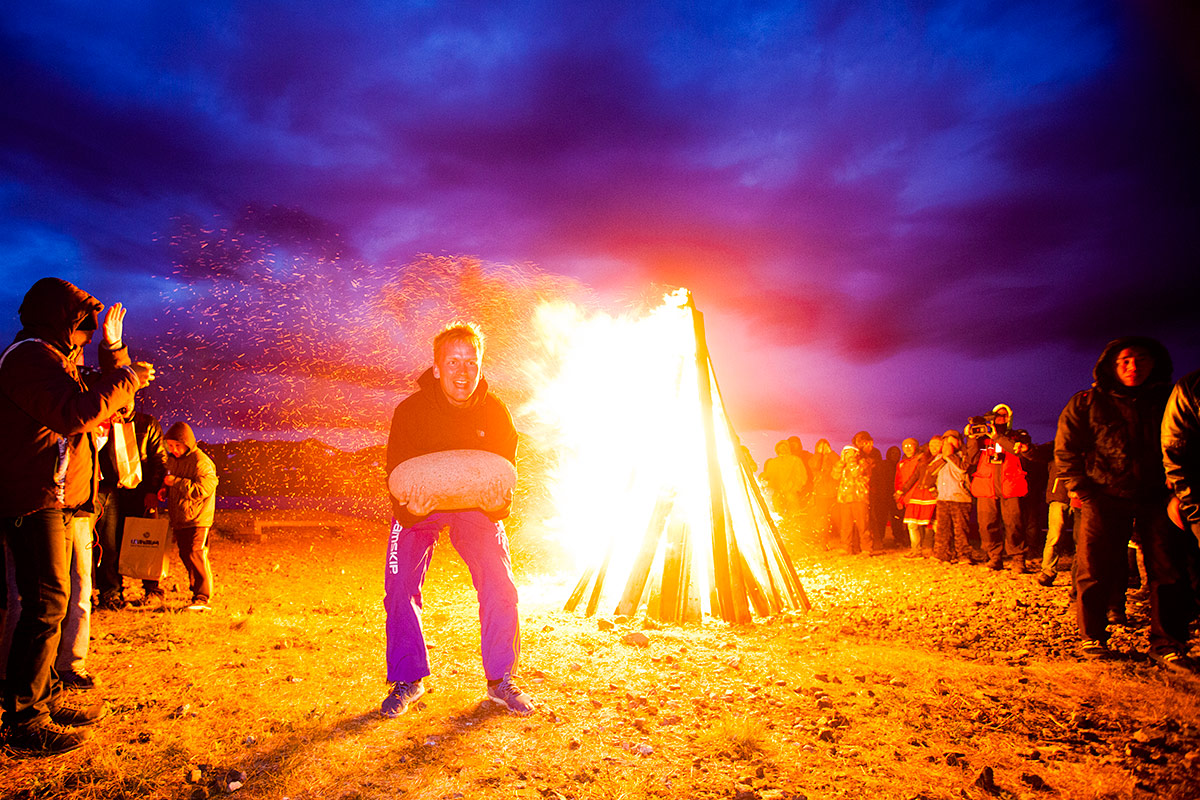
Spread the word